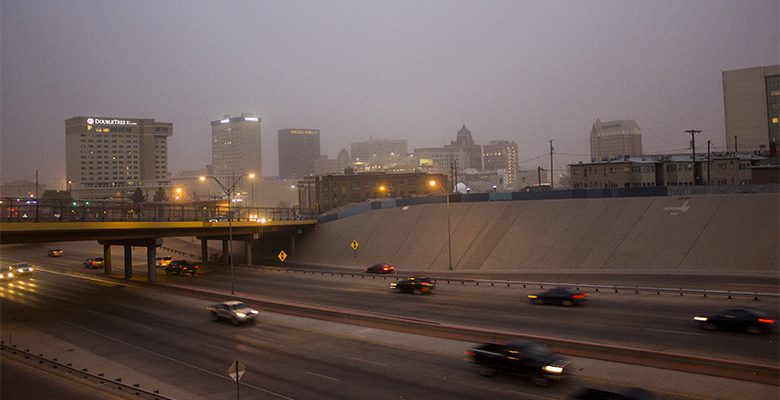*That the City doesn’t want you to know.
This post originally appeared on 23 May 2018.
What is a Tax Increment Refinancing Zone, anyway?
Here’s testimony given to the Texas House Committee on Special Purpose Districts by Bryan Mathew, a policy analyst with the Center for Local Governance at the Texas Public Policy Foundation, a free-market research institute based in Austin, Texas.
Special purpose districts (SPDs) are the most numerous units of government in Texas, yet many people know relatively little about their function, structure, or governance, earning them the nickname: Invisible Governments.
Tax Increment Reinvestment Zones are a kind of Special Purpose District.
In general, to form a TIRZ, a city or county must draw a boundary around an area that meets the state criteria for redevelopment. The local government also creates a redevelopment entity for the TIRZ. At the moment the TIRZ is created, property taxes generated in the district are frozen as the baseline level of revenue. These baseline revenues continue to fund local government services over the life of the district. Any increase in revenue over the baseline level—the “tax increment”—due to new development or increased property values in the TIRZ is captured by the redevelopment entity. The local government can sell bonds secured by the projected incremental tax revenue to finance development projects in the district.
Under Chapter 311, the creation criteria for TIRZs are expansive, pushing beyond the finding of blight required by other states. Section 311.005 of the Tax Code requires that an area’s present condition must substantially impair the city’s growth, retard the provision of housing, or constitute an economic or social liability to the public health, safety, morals, or welfare. However, this limitation has been interpreted broadly, resulting in tax increment money used in middle income areas and to upgrade areas around downtown that already show signs of gentrifying.
The city of Houston gives a good example of how this works in practice. A Houston Press news report in June 2015 shows that Houston’s TIRZ system has been used to benefit high-dollar commercial areas while providing little to no value to poorer neighborhoods that are primarily residential. A 2015 candidate for city controller demonstrated in a comprehensive report that the Uptown TIRZ—a high-income commercial area in Houston—captured about $33 million in incremental property tax revenue in fiscal year 2014. Meanwhile the Fifth Ward TIRZ—a low-income residential area in Houston—captured only $427,000 in revenue. This shows that the TIRZ system in Houston may be channeling redevelopment into areas that already attract private investment, in contrast to the economic rationale for TIF.
Furthermore, like other special districts, the opaque nature of TIRZ governance makes it difficult for Texans to hold TIRZ boards accountable.
Great. Now isn’t that just what El Paso needs? Less transparent government, dedicated to dubiously justifiable ends, with little or no accountability and marginal public benefit?
In El Paso we call that “Business as Usual.”


CFC will likely have an upcoming forum on this topic since El Paso has binged on TIRZs for the last 15 years. The Downtown TIRZ #5 includes at least $78M in tax incentives or waivers or whatever for seven authorized projects therein. Westar Tower alone is $19M incentives.
We don’t fully understand the financial flows involved with the TIRZs, but if I had to hazard an analogy I would say, think of El Paso as the universe of light and matter and the TIRZs as black holes that suck in into themselves.